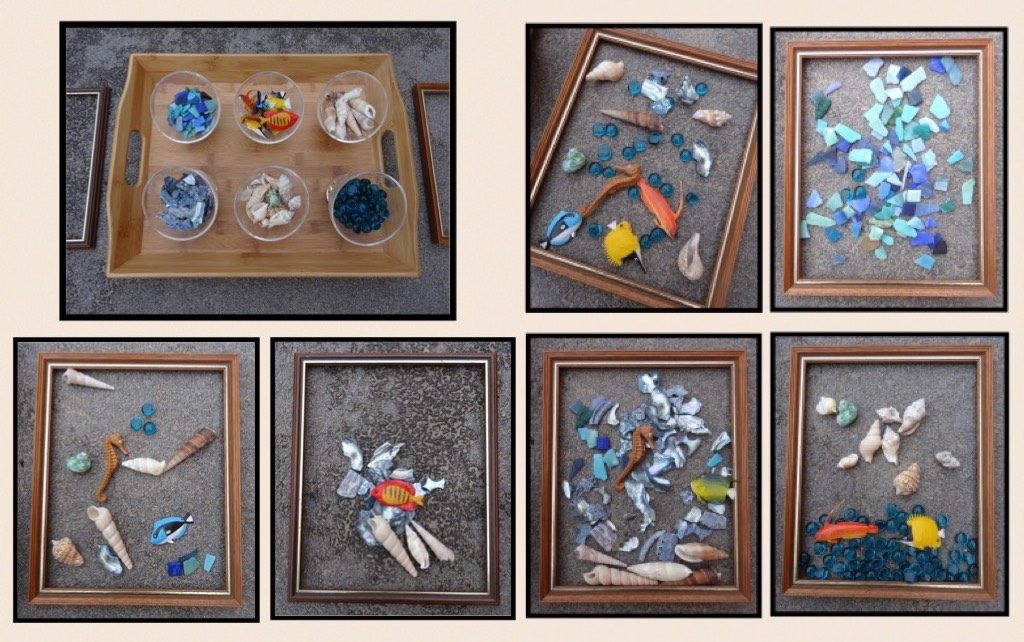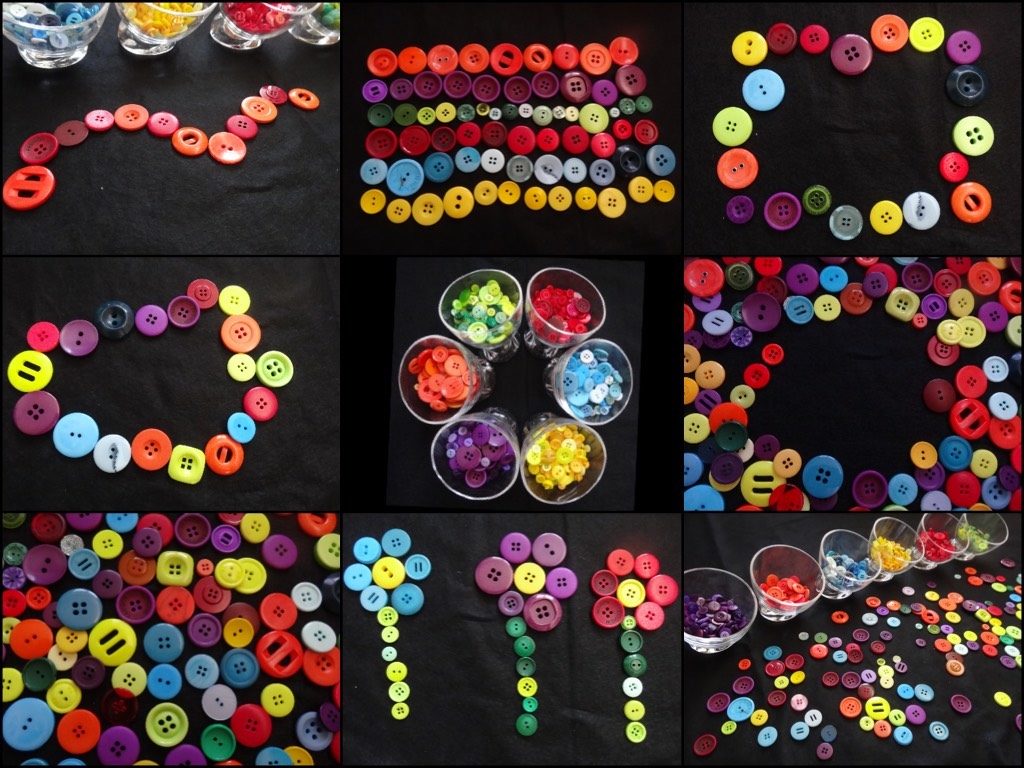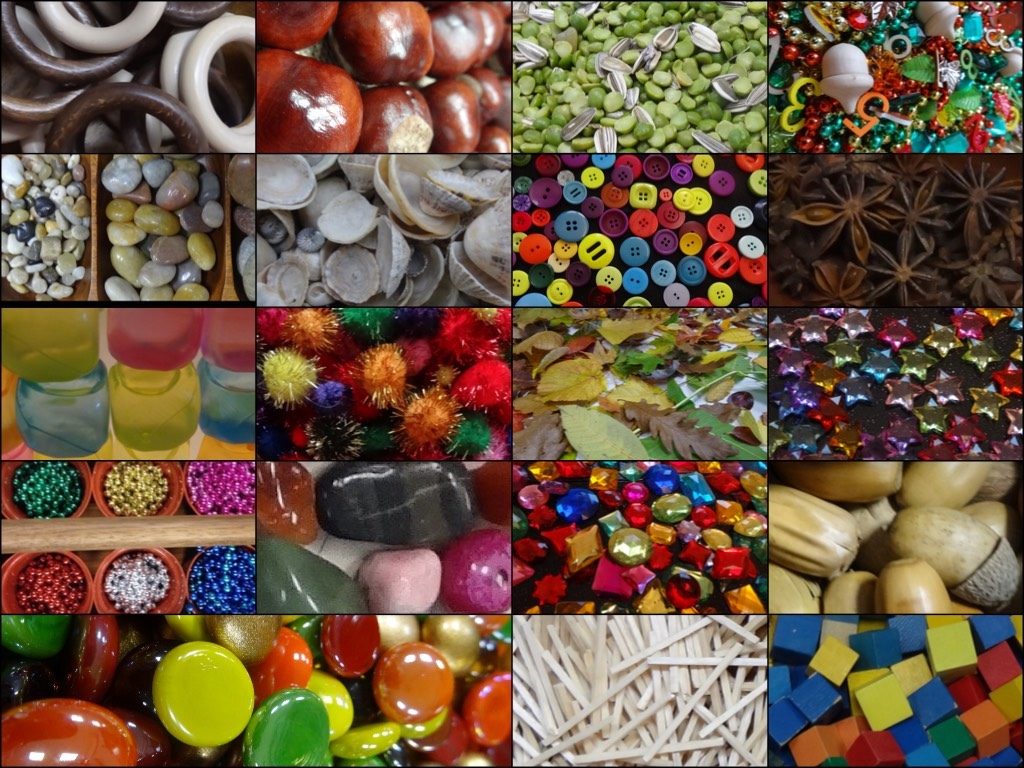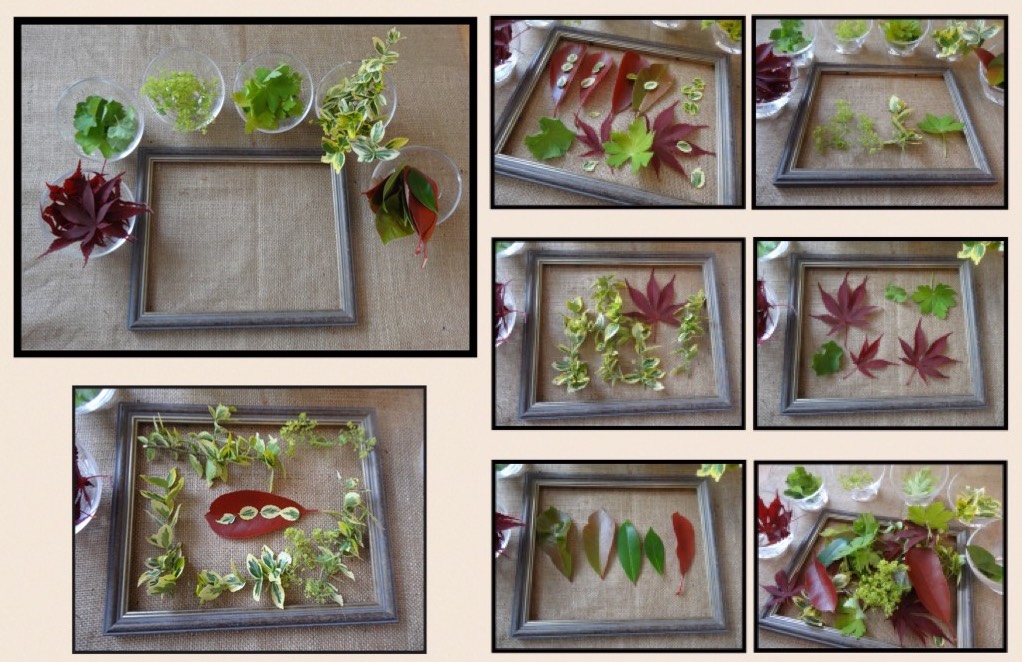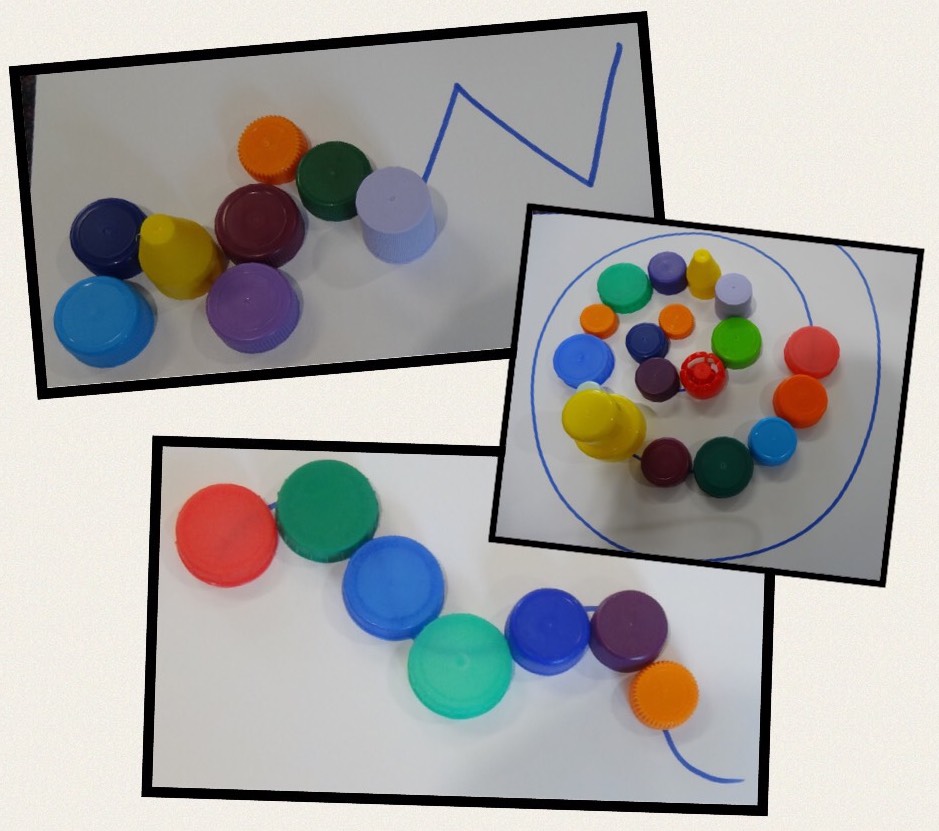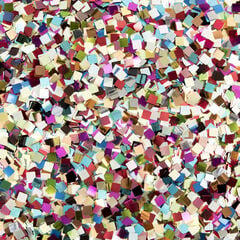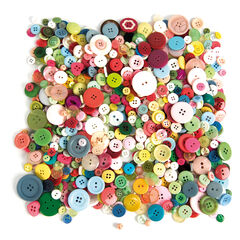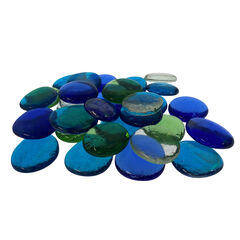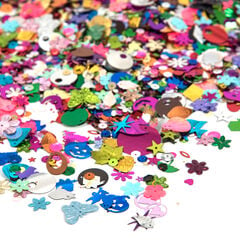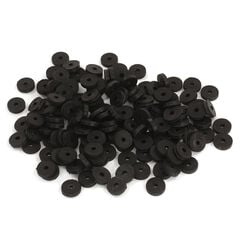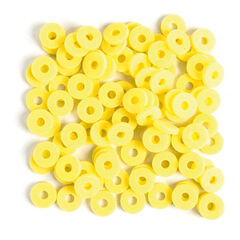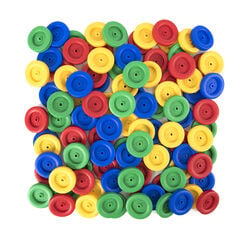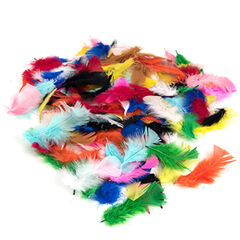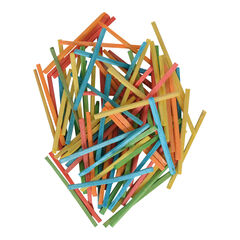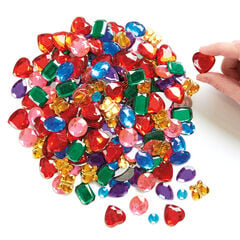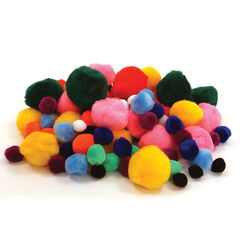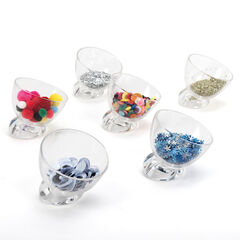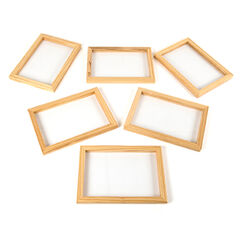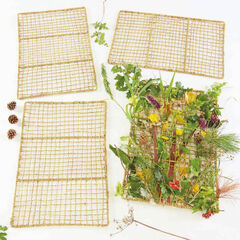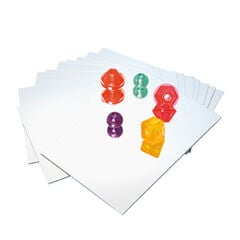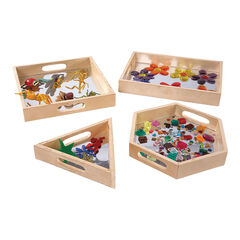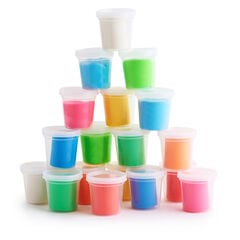So, what is it? Transient art is simply art without glue! Non-permanent art that is process orientated with no expectations. It can be small-scale or large-scale and individual or collaborative.
Some of the benefits of Transient Art:
- Multiple outcomes – I love the individual nature!
- No expectations – this is great for children’s confidence!
- Mindfulness – it is a calm and relaxing activity. I love watching children become so absorbed in their creations. So much concentration and patience is evident.
- Endless possibilities with the materials provided.
What learning might you see?
Well firstly, look at the Characteristics of Effective Learning from ‘Development Matters in the Early Years Foundation Stage’:
So many of these are visible as children create – often all of them!
As well as this you might see:
- Maths – patterns, sometimes symmetry, lines, tessellation, size, positional language, counting, sorting and classifying, combining and separating, one-to-one correspondence, space, shape, measure
- Language – stories are often told as the materials are arranged
- Scientific concepts – material description, physical properties, developing wonder and curiosity
- Physical development – fine motor skills and hand-eye coordination
- Creativity
- Imagination
- Decision making
Getting Started
Provide a selection of loose parts for the children to manipulate. When putting these materials together, consider the creative potential the parts have. The children will invariably come up with ideas you have not considered, but aim to include different textures, sizes and shapes.
There is a wealth of possibilities, but here are a few suggestions:
Mosaic tiles, Buttons, Beads, Glass pebbles, Sequins, Keys, Nuts and bolts, Washers, Foam rings, Assorted colourful plastic wheels, Old curtain rings (screws removed), Feathers, Wool, Matchsticks, Shell pieces, Stones, Gems and Jewels, Conkers, Pine cones, Sticks, Leaves, Petals, Seeds, Beans, Pasta, Pom-poms, Material scraps, Bottle-tops, Old CDs… the list goes on! Shop the full range here.
Presenting the materials in an aesthetically pleasing way will encourage the children to want to play and explore. Simple sorting trays or separate baskets or plastic sorting bowls like the ones pictured below will support children to be purposeful in their selection.
Children need to be able to define a space for their art. Potential resources for this could be: empty frames, weaving frames, place mats, cork mats, tiles, mirrors, a sheet of paper or material, trays, trays of sand, chalkboards, play dough and so on.
You might also wish to provide a few ‘line designs’ for them to decorate. Great for fine motor skills and hand-eye coordination! Or they could draw their own designs and decorate them.
I will often create my own transient art alongside the children, which encourages others to come over and see what we are doing – and then often create their own pieces.
If you haven’t already, give it a go. Above all, have fun!
Shop the TTS range of Transient art items here
With thanks to Rachel for this fabulous, inspiring blog. Rachel has her own blog which is full of wonderful ideas. You can also like and follow her in the following locations:
Give her a like over on her Facebook Page: Stimulating Learning with Rachel
Follow her over on Instagram: @stimulatinglearningwithrachel
Follow her on Twitter: @StimLearning
Natural paint making: why and how it’s become one of our favourite experiences


